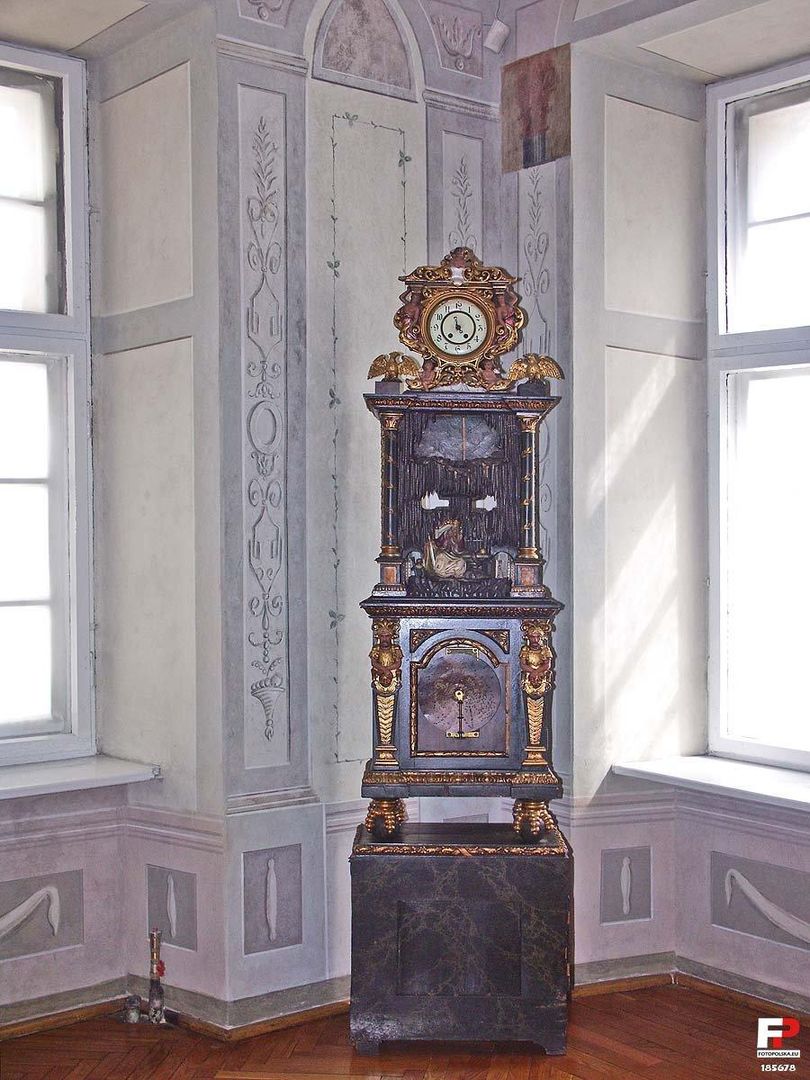Museum of Weaving in Kamienna Góra
6.63

Overview
The Museum of Weaving in Kamienna Góra, located in a city with a rich history, showcases collections related to folk weaving and the daily life of its inhabitants. The exhibits include elements associated with flax processing, such as combs, spinning wheels, and historic looms dating from the 18th to the 20th century. The collections also feature traditional weaving costumes and documents that provide insight into the local culture. The museum also offers two exhibitions dedicated to the interior decor of peasant and bourgeois homes, displaying everyday objects. The cultural value of the institution is immense, as it serves an educational role, introducing both residents and tourists to the history of the region, including the history of Kamienna Góra. The museum's history dates back to the 18th century when the first museum institution was established at the Evangelical church. In 1939, on the initiative of the Regional Museum Society, the "Heimatmuseum" was opened, which later transformed into the Regional Museum after World War II. In the 1960s and 1970s, the museum expanded its collections by acquiring exhibits from other institutions. In 1969, it was renamed the Lower Silesian Museum of Weaving, and since 2011, it has operated as the Museum of Weaving in Kamienna Góra. In 2008, the building underwent a thorough renovation, and its reopening took place in September of the same year. The museum is open year-round and requires an admission fee. Its architecture, situated in a historic tenement house, adds charm to the entire institution, making it an important point on the cultural map of the region.
Location
2025 Wizytor | All Rights Reserved